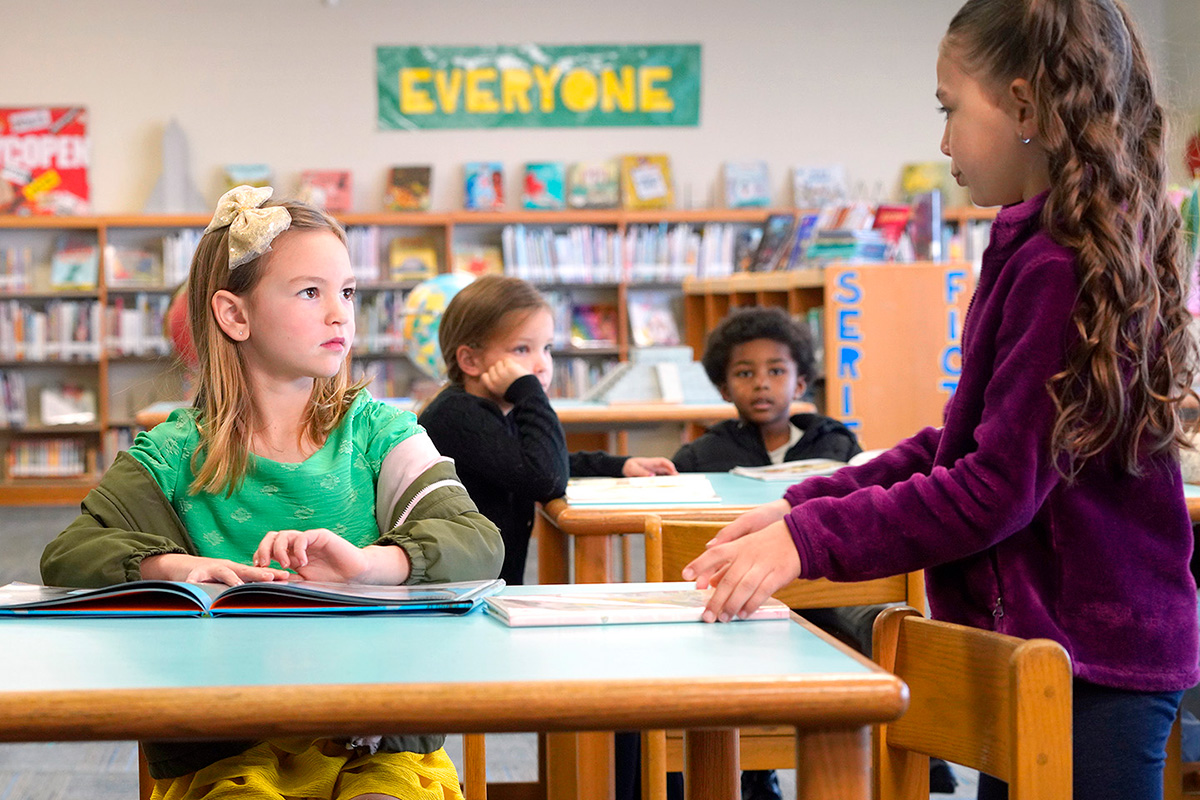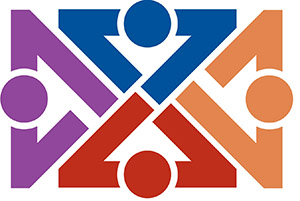How can educators modify a student’s behavior?
Page 5: Skill-Based Interventions
 As mentioned earlier, there are times when a student is unable to perform the replacement behavior due to a skill deficit. In such cases, it is critical for teams to plan and implement a skill-based intervention. Recall that the goal of such interventions is to make the interfering behavior inefficient. This occurs when the student learns that a replacement behavior will result in reinforcement more quickly or easily than the target behavior.
As mentioned earlier, there are times when a student is unable to perform the replacement behavior due to a skill deficit. In such cases, it is critical for teams to plan and implement a skill-based intervention. Recall that the goal of such interventions is to make the interfering behavior inefficient. This occurs when the student learns that a replacement behavior will result in reinforcement more quickly or easily than the target behavior.
Even when educators recognize that a student has a skill deficit, sometimes they will continue to rely on telling the student what to do rather than teaching them how to do it. In contrast, when skill-based interventions are included as part of a student’s BIP, the team develops a detailed plan for providing explicit instruction on how to perform the replacement behavior until the student achieves mastery. This is sometimes referred to as behavioral skills training (BST). Often, this occurs in small-group or one-on-one lessons as part of a student’s MTSS interventions or special education service time (if eligible). Educators can explicitly teach replacement behaviors using the following procedure.
explicit instruction
DEFINITION_DEFINITION_DEFINITION_DEFINITION
behavioral skills training (BST)
DEFINITION_DEFINITION_DEFINITION_DEFINITION
- Explain: Educators first describe what the replacement behavior is, under what conditions it should be applied, and why it is important to learn. This explanation should help the student recognize how it will support them in reaching their long-term goals.
- Model: Educators next demonstrate what the replacement behavior looks like. When doing so, they should incorporate a variety of examples, such as:
- Various settings or conditions in which the replacement behavior should be used
- All acceptable forms of the behavior (e.g., raising a hand or using a visual cue to request a break)
- Different ways that others might respond to the behavior
In addition to modeling examples of what the replacement behavior should look like, educators should also model non-examples to highlight inappropriate applications of the skill. Modeling both examples and non-examples helps students discriminate between the two, deepening their understanding of the specific skill they are learning.
- Provide opportunities to practice and receive feedback: Next, educators provide students with many opportunities to practice the replacement behavior in a controlled setting before being expected to apply it in real-world contexts. To do this, educators should:
- Guide students through role-playing scenarios that involve a variety of examples similar to those modeled previously
- Provide specific positive and corrective feedback immediately following each practice attempt
- Facilitate continued practice opportunities until the student demonstrates mastery of the skill. Mastery might include criteria such as level of independence or consistency of application (e.g., the student demonstrates the replacement behavior independently in three consecutive practice opportunities).
- Review and support generalization: After mastering the replacement behavior in practice contexts, the student is ready to begin using it in natural settings. Educators should now shift their attention to supporting generalization beyond instructional practice opportunities. Periodic review sessions can help ensure that the student maintains the replacement behavior over time. Educators should outline specific times and places for the student to practice independently and then help them reflect on the outcome. Antecedent-based and reinforcement-based interventions should be implemented to help the student apply the replacement behavior and generalize it across contexts. explicit instruction
x
generalization
DEFINITION_DEFINITION_DEFINITION_DEFINITION
Research Shows
When students were taught replacement behaviors using explicit techniques (e.g., modeling, role-playing, corrective feedback) as part of a BIP, the occurrence of their interfering behavior decreased:
(McKenna et al., 2017)
In addition to explicit instruction, educators can use other strategies and tools to support a student’s development of new skills. For instance, educators might create a social narrative to help explain the context in which the replacement behavior should be used and why it is socially important. They might also use video modeling to further demonstrate the replacement behavior.
social narrative
DEFINITION_DEFINITION_DEFINITION_DEFINITION
video modeling
DEFINITION_DEFINITION_DEFINITION_DEFINITION
As with the determination of the replacement behavior, teams should include the student in decisions about how it will be taught. For instance, students could suggest situations or settings for role-playing activities or they could engage in self-reflection on their progress to supplement teacher feedback.
High-Leverage Practices for Students with Disabilities
 High-leverage practices (HLPs) in special education are foundational practices shown to improve outcomes for students with disabilities. The information in this module aligns with:
High-leverage practices (HLPs) in special education are foundational practices shown to improve outcomes for students with disabilities. The information in this module aligns with:
HLP 16: Use explicit instruction.
HLP 8: Provide positive and constructive feedback to guide students’ behavior.
For more information about HLPs, visit High-Leverage Practices for Students with Disabilities.
Returning to the Challenge
 As mentioned previously, DJ’s BIP team did not identify a skill deficit that could impact his ability to engage in the replacement behavior. Therefore, his BIP does not need to include a skill-based intervention.
As mentioned previously, DJ’s BIP team did not identify a skill deficit that could impact his ability to engage in the replacement behavior. Therefore, his BIP does not need to include a skill-based intervention.
Activity
 Presley’s team identified a skill deficit in her ability to communicate her preferences to peers. As a result, they plan to provide explicit instruction in communication skills. Ms. Parker, the speech-language pathologist, will take primary responsibility for the skill-based intervention, which will be provided three times per week during Presley’s regularly scheduled speech-language therapy sessions.
Presley’s team identified a skill deficit in her ability to communicate her preferences to peers. As a result, they plan to provide explicit instruction in communication skills. Ms. Parker, the speech-language pathologist, will take primary responsibility for the skill-based intervention, which will be provided three times per week during Presley’s regularly scheduled speech-language therapy sessions.
speech-language pathologist (SLP)
DEFINITION_DEFINITION_DEFINITION_DEFINITION
Below, correctly arrange the steps for Presley’s instruction.